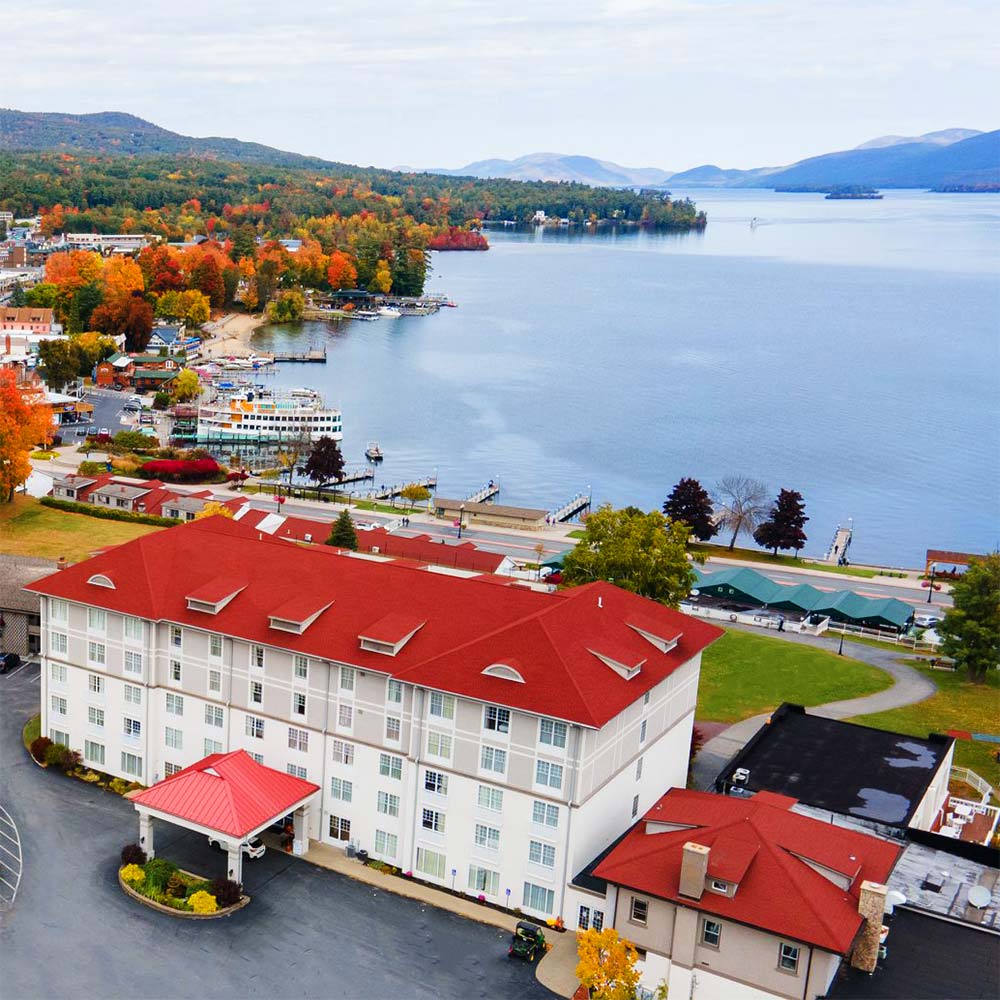Dr. Nick Junkerman Presents “Last of the Mohicans”: History & Fiction

Join the Lake George Battlefield Park Alliance and the French & Indian War Society at Lake George for “James Fenimore Cooper: History & Fiction in ‘The Last of the Mohicans,’” a presentation by Dr. Nick Junkerman (YUNK-er-man) – an associate professor of English Literature at Skidmore College – at The Fort William Henry Conference Center at 7:00 PM on Thursday, August 3rd.
James Fenimore Cooper’s iconic “The Last of the Mohicans” is an American classic, a beloved tale of a dashing hero, ladies in distress, and a clash of nations… But it’s a fictionalized account of the Siege of Fort William Henry. So, how close is it to the truth of what happened 266 years ago?.. Cooper’s story is one of five works of historical fiction he wrote between 1823 and 1841, collectively called “The Leatherstocking Tales”. Cooper’s heroes were Natty Bumppo (also called “Hawkeye”), born to white parents but raised among indigenous people of the Northeastern Woodlands, his foster brother Chingachgook, and his nephew Uncas.
First published in 1826, The Last of the Mohicans is a gripping tale of the bloody conflicts that roiled the Lake George Region in the middle of the 18th Century – specifically when French and indigenous forces attacked Fort William Henry in 1757, two years after its construction by the British. Dr. Junkerman’s talk explores the fateful historical events that took place in and around the fort during August 1757, and some differences in the fictional account depicted in Cooper’s novel.
“Mohicans” has been adapted into numerous film versions, most recently in 1992 with Daniel Day-Lewis as Natty Bumppo/Hawkeye… That movie was filmed in North Carolina, but there has been renewed interest in the Lake George Region, where the real-life events occurred and where the novel was set. Although the actual fort burned away in 1757, a replica was built in the 1950s where the original once stood.
“Every day, guests come to the Fort William Henry Museum who either read Cooper’s book or saw the movie,” said Kathy Flacke Muncil, CEO of Fort William Henry Corp. “Our guides separate fact from fiction so visitors leave with a better understanding of this era in history.” The French and Indian War was a complex, lengthy power struggle for control of North America.
Cooper’s depiction of the siege published nearly 70 years later was so popular, it became the most recognized event of the French and Indian War, according to Russell P. Bellico, a trustee of the Lake George Battlefield Park Alliance and author of “Empires in the Mountains” and several other books on the region’s vast history: “The 1757 siege of Fort William Henry and the adjacent entrenched camp (present-day Lake George Battlefield Park), and the subsequent ‘massacre’ were indelibly etched into the psyche of American colonists through vivid contemporary newspaper accounts. Rallying provincial troops at Crown Point in 1760 on the eve of the last campaign of the war in North America, Brigadier General Timothy Ruggles called on troops to ‘Remember [Fort] William Henry… and the Massacres there!’” Bellico said.
Space is limited, so those planning to attend the program are encouraged to register in advance at the following email address: info@lakegeorgebattlefield.org. For more information, please visit lakegeorgebattlefield.org